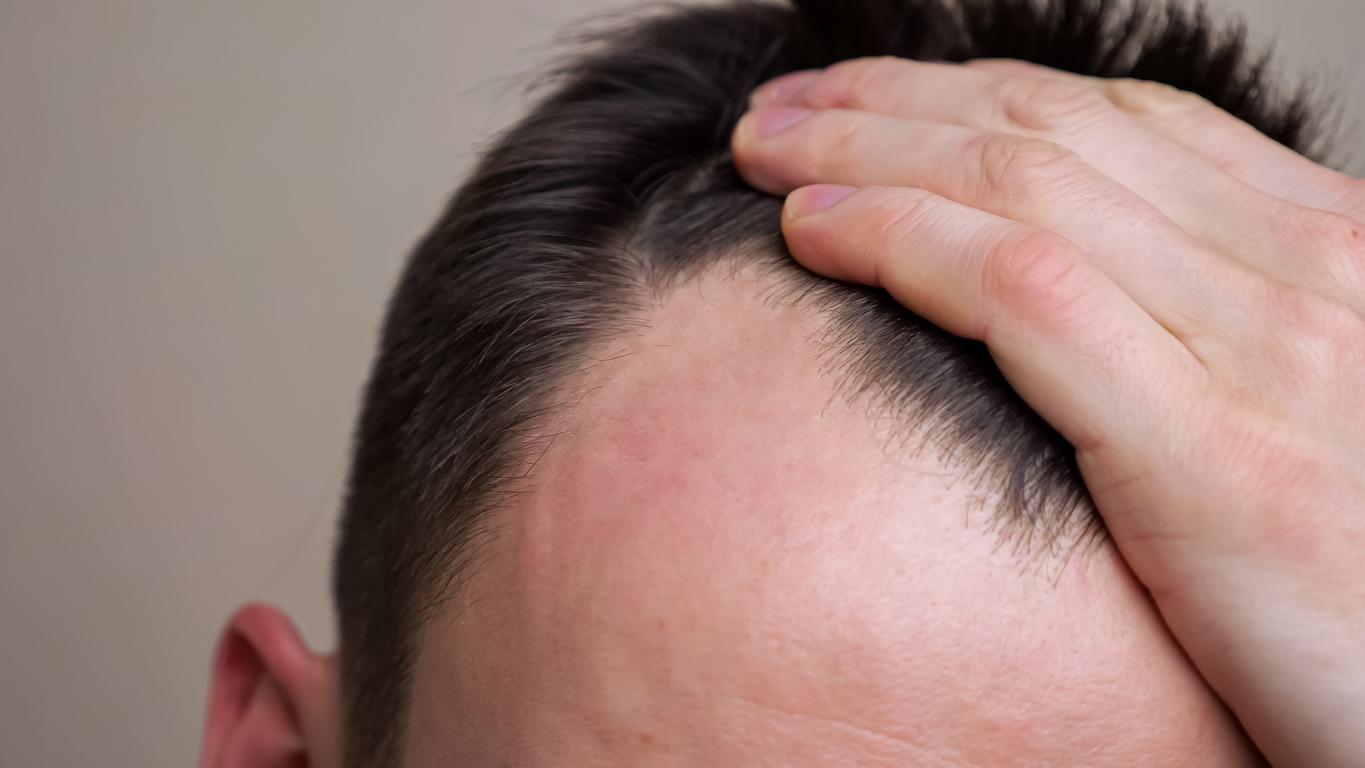In Navarre, 11 children, whose fathers used treatment for hair loss, developed hypertrichosis, resulting in abundant hair growth.

- In Spain, 11 infants suffer from werewolf syndrome, also known as hypertrichosis, which is “an increase in the amount of hair anywhere on the body.”
- All of the children have one thing in common: Their fathers, who cared for them, used 5% minoxidil topically to treat their androgenic alopecia.
- According to the Navarra Pharmacovigilance Center, there are two hypotheses regarding the transmission of treatment from father to child: skin-to-skin contact or oral route.
This is not the first time that such cases have been reported in Spain. In 2019, at least 17 children had already been affected by werewolf syndrome. This time, more precisely at the end of November, the Pharmacovigilance Center of Navarra detected 11 cases of hypertrichosis in infants, according to the Spanish newspaper El País. As a reminder, this is an increase in the amount of hair anywhere on the body. These latter “can be thin, light and short, or thick, dark and long”, can we read on the website of MSD Manual. In toddlers“hypertrichosis risks causing complications in the heart and kidneys, among others”, according to El País. Thus, the situation “can be alarming and very stressful for patients’ families. It can lead to numerous laboratory and imaging tests to rule out endocrine problems, as the initial investigation of the origin of hypertrichosis may focus on the patient’s own causes.
Werewolf syndrome: a baldness medication used by the fathers involved
It all started in April 2023. According to the daily The Economistthe Pharmacovigilance Center was, at that time, alerted to a case occurring in the Spanish autonomous community of a breast-fed baby who had gradually developed increased hair growth on his back, legs and thighs over two months. During this report, pathologies or other treatments administered to the child which could justify the increase in body hair were excluded. During the family interview, it was discovered that the father was using 5% minoxidil topically to treat his androgenic alopecia and had been on leave for a month to care for his son. After withdrawal of contact with the drug, the infant’s symptoms completely resolved. Thus, werewolf syndrome was a “serious adverse effect” hair loss medication.
Faced with this observation, a review of similar cases reported in the database of the Spanish Pharmacovigilance System (FEDRA) was carried out, detecting six other cases with the same characteristics, all in breastfed babies whose fathers used minoxidil. Subsequently, four additional infants with abundant hair growth for the same reasons were identified.
Transmission of minoxidil could occur by oral route or skin-to-skin contact.
The Pharmacovigilance Center of Navarra considers the hypothesis that there is a transfer of minoxidil from users to young children in their care and that, during the transfer, the treatment is absorbed topically or orally producing an effect systemic in toddlers. “The skin of young children is more permeable due to a thinner stratum corneum and a higher surface area to body weight ratio. This makes it easier for them to systemically absorb medications administered by topical route.”
The investigation carried out by the Navarre Pharmacovigilance Center has led the European Medicines Agency (EMA) to modify, since October, the information appearing on the leaflet of lotions containing minoxidil whose sale is authorized in the European Union. Last June, the European Committee for Pharmacovigilance Risk Assessment (PRAC) had already issued a recommendation to include a warning regarding these cases of hypertrichosis in infants after skin contact with the sites of application of minoxidil among parents using it on the labels and instructions for use.















